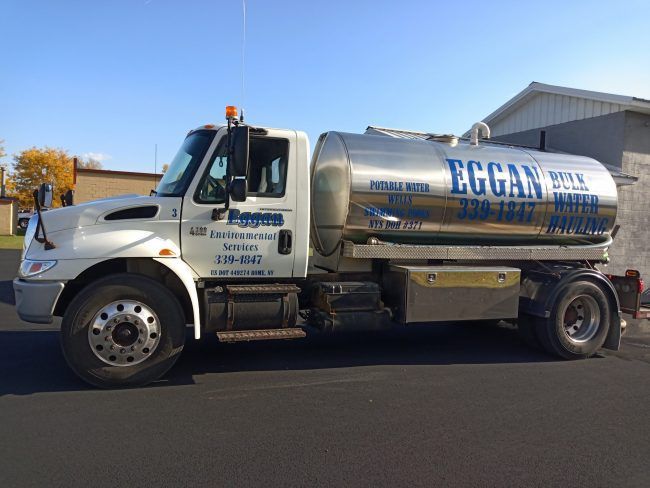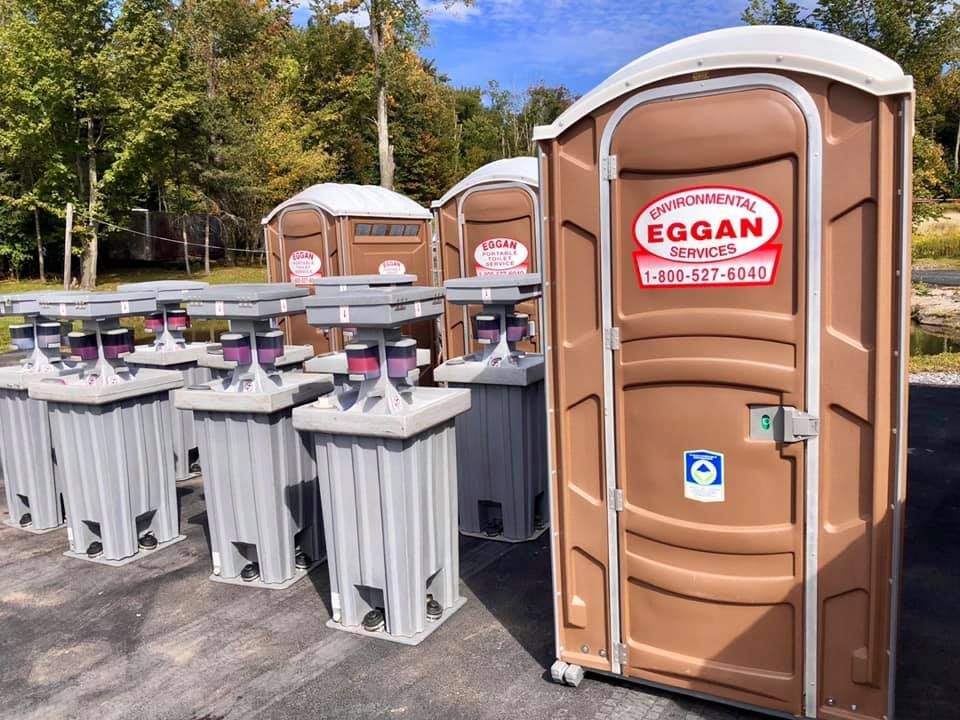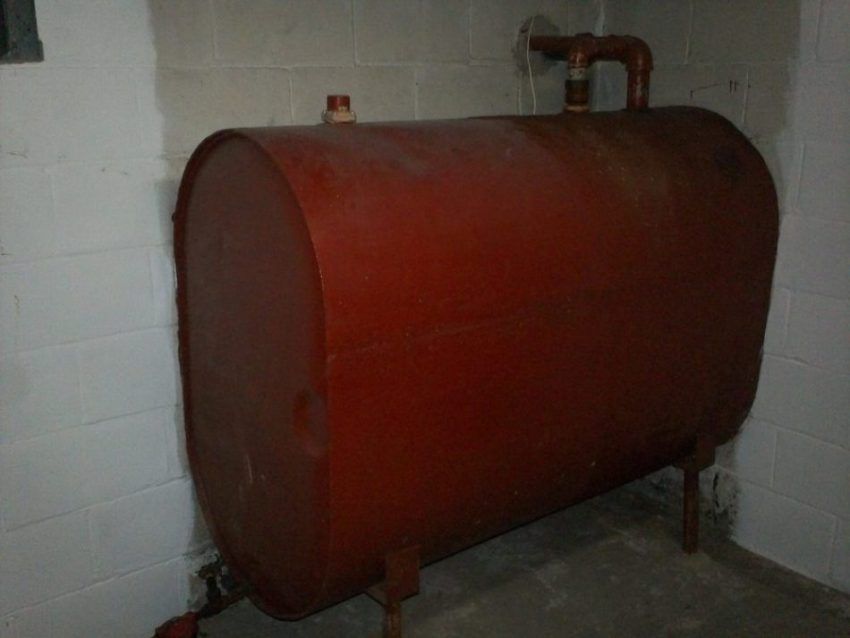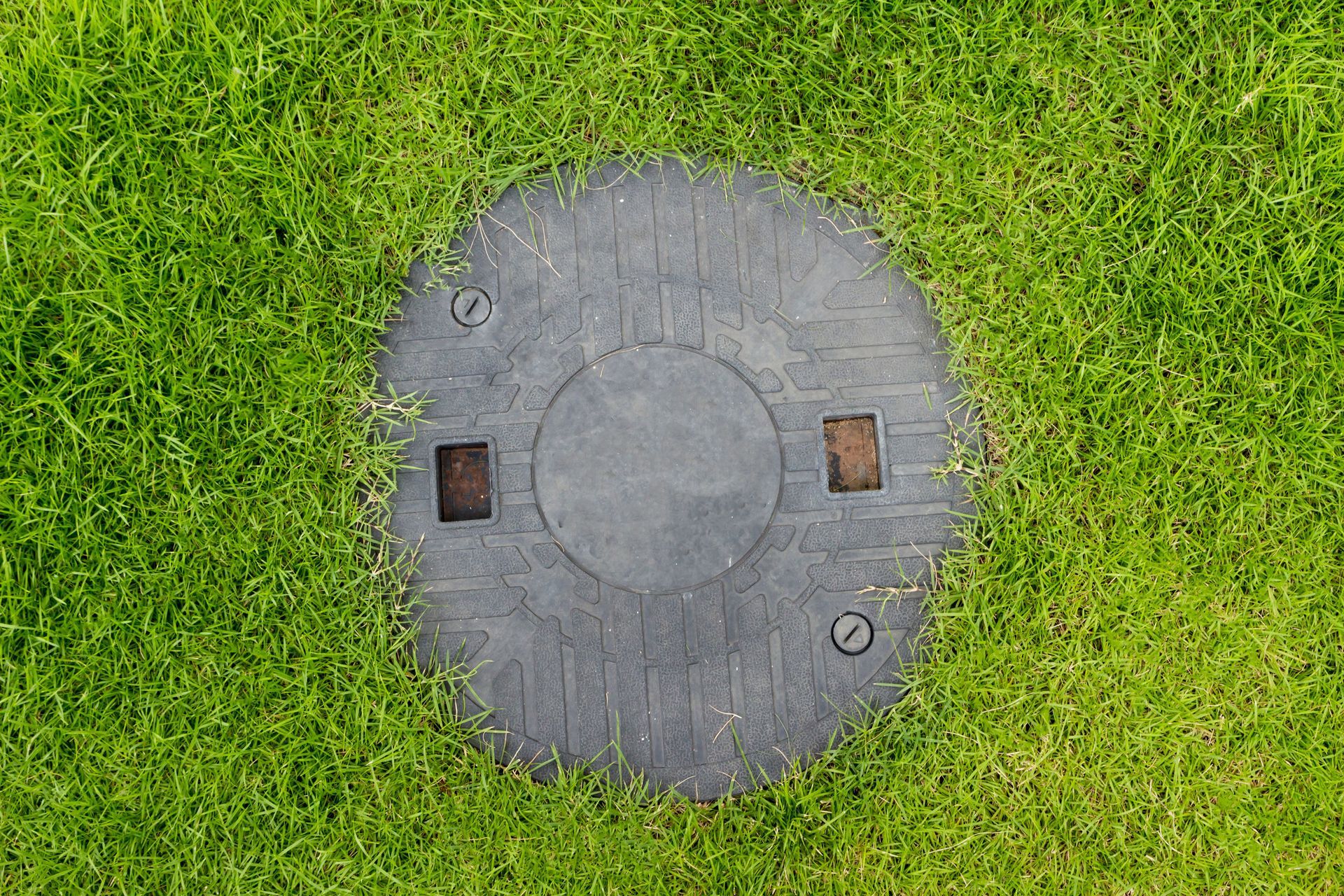Open 24 hours, 7 days a week. 24/7 Emergency Service! 315-339-1847
Failing Drainage: What You Need to Know
Failing Drainage: What You Need to Know
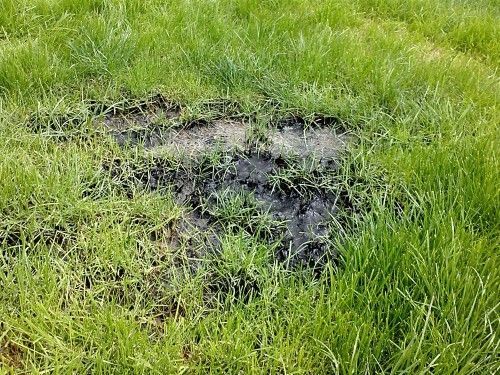
If you notice standing or pooling water in your yard, or symptoms of backing up (slow draining showers, toilets, sinks, etc.) even after recently having your tank pumped, your drainage may be failing. There is no quick fix when your drainage starts to fail. In New York State, you are required to have an engineer draw up plans for a new drainage system prior to the installation of the new drainage. Although we do not have an engineer on staff, we can review the engineer’s stamped plans once they are complete, and we can provide a proposal for the installation of the drainage system designed by the engineer. It may be necessary to have your tank pumped multiple times to prevent backing up into the house while plans are designed, and all logistics are coordinated for the installation of the new drainage.
What Happens When Your Septic System Fails?
When your septic system is working properly, the solids stay in your septic tank, while the liquids disperse through the leach field. When your drainage fails (the drainage field is saturated), there is no way for the liquid to be processed as it is meant to be, so the water takes its easiest path, which is back through the inlet line from the septic tank and into your home, which causes the backup of waste. You may notice liquid pooling over the tank and leach field area. The unexpected inconvenience of not being able to use the toilets, sinks, showers, and washing machine can occur.
What to Do When Your Drainage Fails?
When issues arise, we typically start by uncovering and pumping your septic tank. Once your tank is uncovered, there are two obvious signs to indicate failing drainage. First, if the level in the tank is above the inlet line (the line from the house to the tank), which we can see by staining on the tank wall. Second, if water is pouring back into the tank from the outlet line (the line between the tank and drainage) while the tank is pumped. This occurs because the leach field is saturated and cannot process any more water properly. There is no way to fix the drainage once it begins to fail. Pumping the tank gives some temporary relief to the system, but it is not a long-term solution. We receive many calls from customers who are backing up or have pooling water on the ground near their tank or drainage in the spring. With a combination of the melting snow and customary spring rain, conditions are wet, and a leach field can become saturated.
If you are concerned that your drainage may be failing, please contact our office, and we can go through the process of installing new drainage with you in more detail. We typically start by uncovering and pumping your septic tank. Then, based on our findings, we can discuss the next steps with you. If your drainage is in fact failing, an engineer will be needed to draw up plans for a new drainage system.
Preventative maintenance is always in season, so please call us for routine pumping of your septic tank before problems arise!
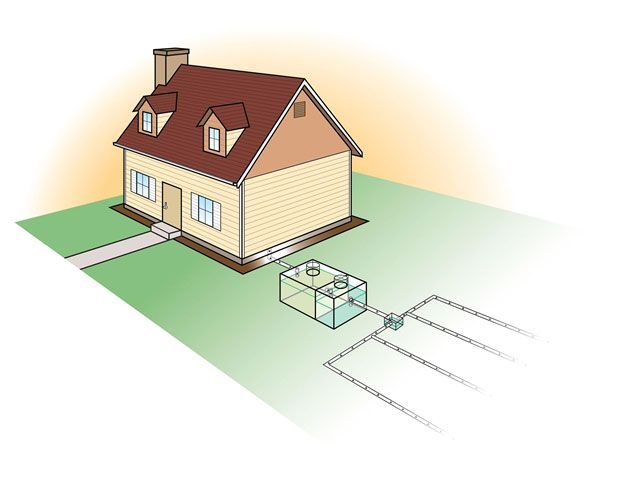
CONTACT US TODAY!
Contact Us
We will get back to you as soon as possible.
Please try again later.
Website Design by Sentinel Media Co., All Rights Reserved

